In my most recent post about adjectives , I showed you eight adjectives from the Magoosh TOEFL Vocabulary PDF. The adjectives were: accurate, alternative, annual, capable, complex, diverse, inadequate (taken from the Vocabulary PDF root word “adequate”), and unaware (taken from the TOEFL vocabulary root word “aware”). I then showed you eight pictures, with a matching activity where you pair at least one adjective with each picture.
There are a number of different matches you could have made in the last activity. But it never hurts to get an English teacher’s interpretation. In this post, I give you a list of possible answers for the previous word-picture matching exercise. Here are my matches, with one adjective per picture.
Adjectives:
- accurate
- alternative
- annual
- capable
- complex
- diverse
- inadequate (the opposite of adequate from the Magoosh TOEFL PDF)
- unaware (the opposite of aware from the Magoosh TOEFL PDF)
PICTURE A:
Alternative—different from the main choice or option.
In this picture, drivers must take an alternative path to their destination.

Photo by grovecityohio
PICTURE B:
Annual—yearly; happening every year.
Birthdays like the one in this photo happen one time a year, and never miss a year. One’s birthday is an annual event.

Photo by Hero Images
PICTURE C:
Inadequate—not good enough for what’s needed.
As you can see in this cartoon drawing, a human-sized umbrella is inadequate for protecting an elephant’s entire body from the rain.
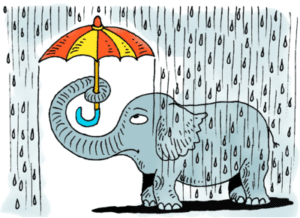
Photo by clipartkid
PICTURE D:
Accurate—correct in a detailed way, measuring something exactly.
A stopwatch like the one pictured here is an accurate tool for seeing how much time has passed.
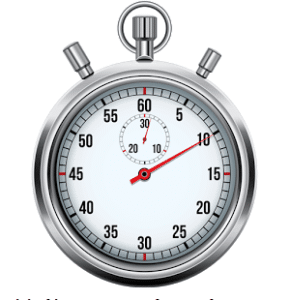
Photo by play.google.com
PICTURE E:
Unaware—not having knowledge of something.
This man is unaware of the cars that are coming toward him, because he’s paying too much attention to his cell phone.
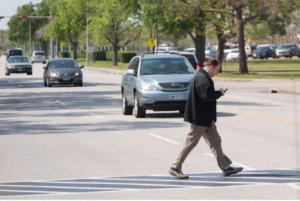
Photo by synapseint.com
PICTURE F:
Complex—with many different parts and difficult to understand; complicated.
M.C. Escher, the artist who created the image below, was known for his complex drawings of structures and situations that couldn’t exist in real life, because they were physically impossible.

Photo by superepicfailpedia
PICTURE G:
Capable—able to do something.
By using a stool and a box, the small child in this picture is capable of reaching the cookies that his parents put on a high shelf.

Photo by Ron and Joe
PICTURE H:
Diverse—having many different types.
In this final photo, the children are using diverse colors to make a painting, and the kids’ races and cultures also appear to be diverse.
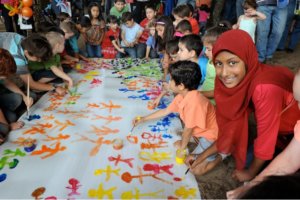
Photo by DIAC images



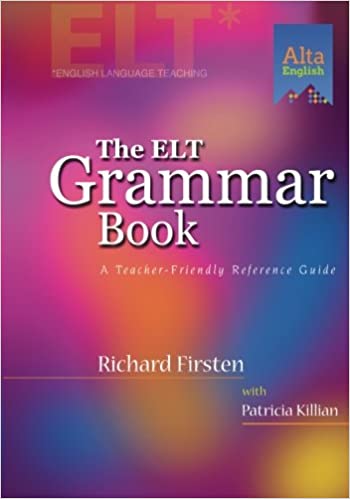
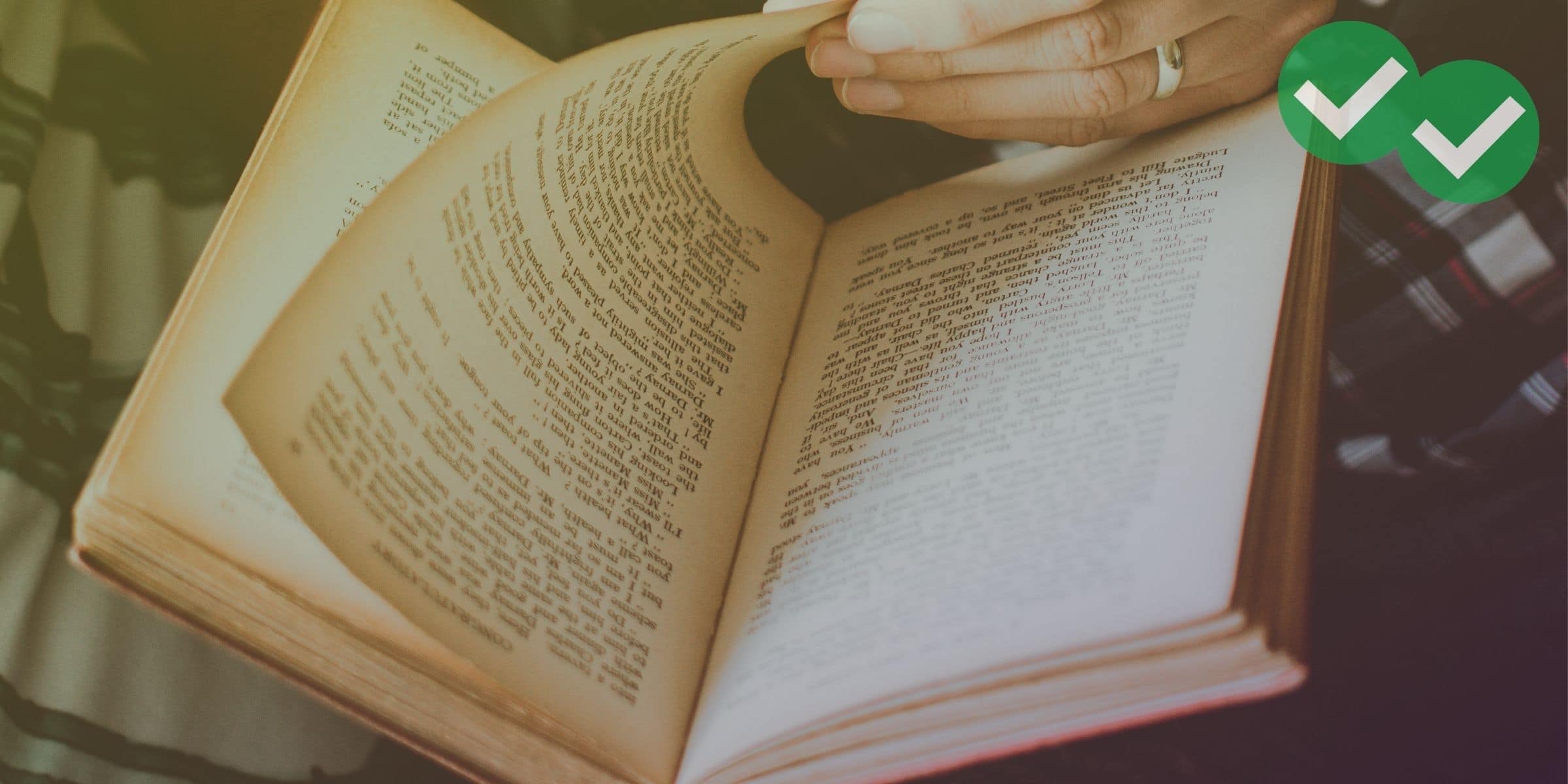
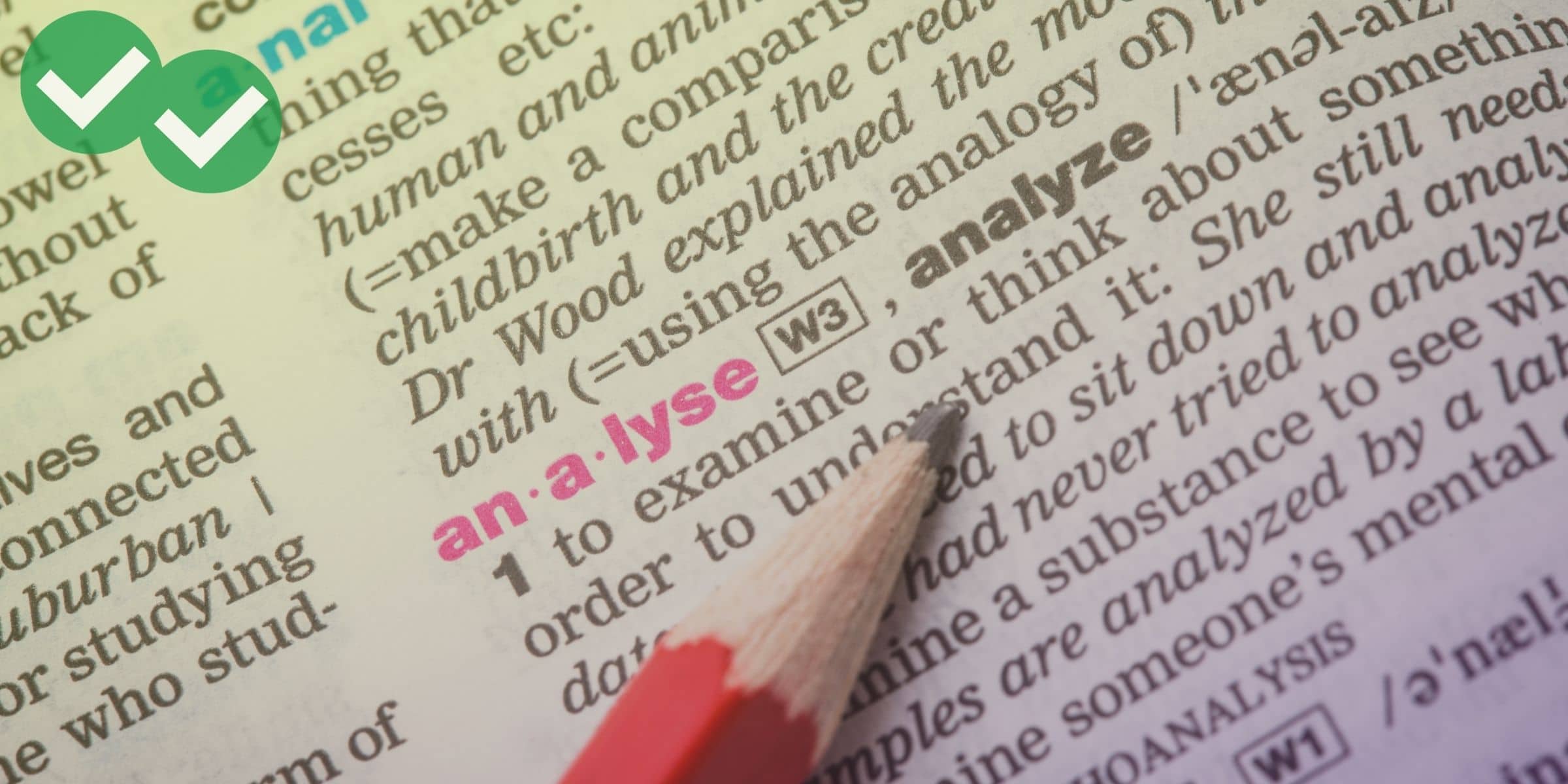
Leave a Reply